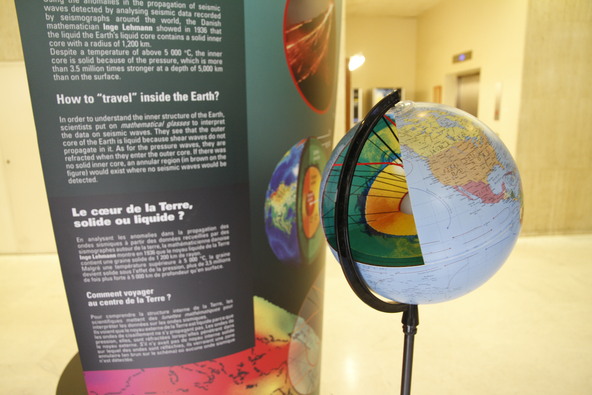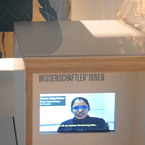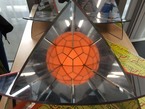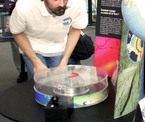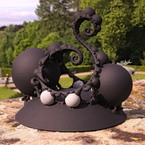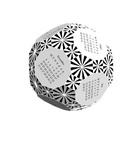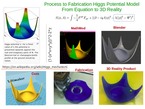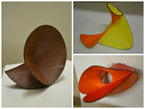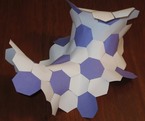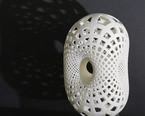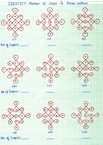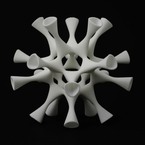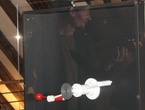The Heidelberg Laureate Forum Foundation invites you to visit the exhibition “Mathematics of Planet Earth” at Karlstorbahnhof in Heidelberg, Germany! It runs from July 5 to Aug 2, 2015, for the first time in Heidelberg. It offers a big variety of exciting adventures for children and adults alike.
Is the core of the Earth solid or liquid?
hands-on
Licence
Credits
- Design and Implementation
Website
Using the anomalies in the propagation of seismic waves detected by analysing seismic data recorded by seismographs around the world, the Danish mathematician Inge Lehmann showed in 1936 that the liquid core of the Earth contains a solid inner core of radius 1,200km. Despite a temperature above 5000° C, the inner core becomes solid because of the pressure, which is more than 3.5 millions stronger at a depth of 5000 km than on the surface.
How to “travel” inside the Earth?
In order to understand the inner structure of the Earth, scientists put on mathematical eyeglasses to interpret the data on seismic waves.
They see that the outer core of the Earth is liquid because shear waves do not propagate in it. As far the pressure waves, they are refracted when they enter the outer core. If there were no solid inner core, they would see an annular region (in brown on the figure) where no seismic wave would be detected.
This module is part of the MPE exhibition. You can rent this module for a lumpsum fee. A detailed manual how to rebuild this module will be shared.




